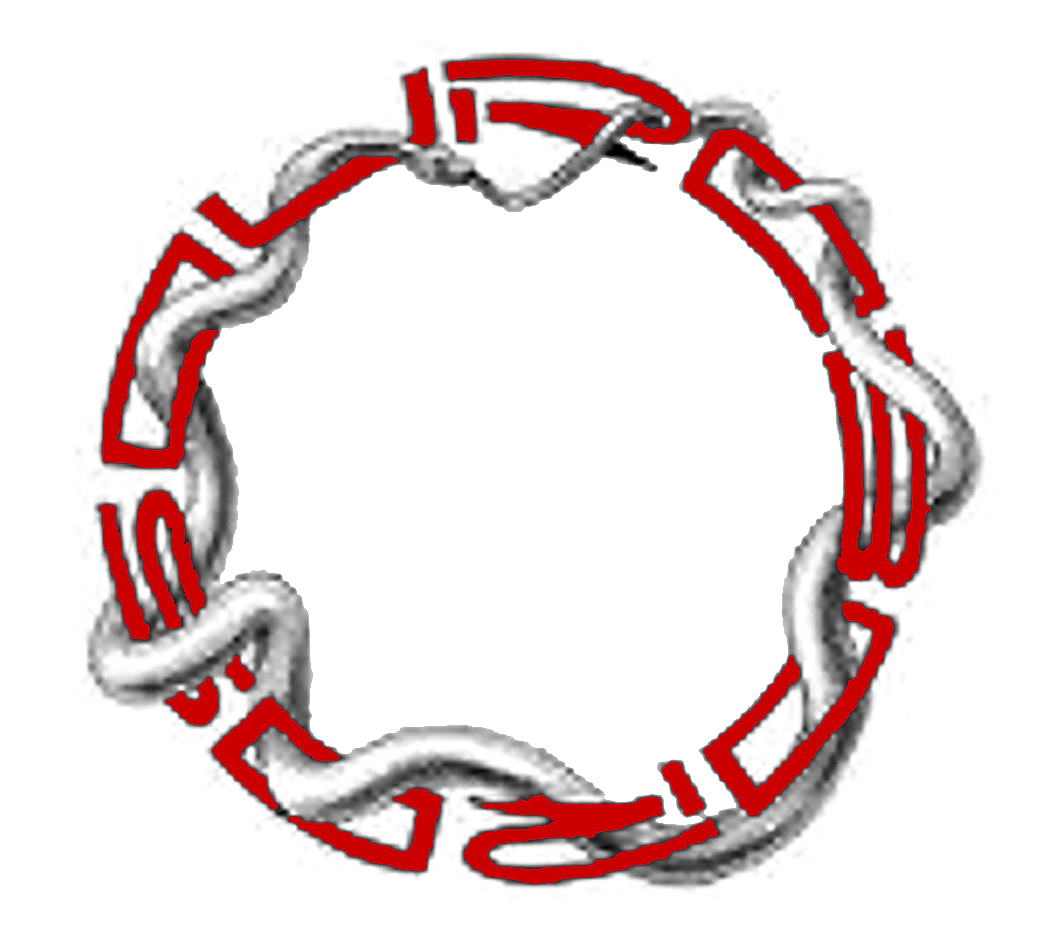
(learn more about the book at the “Ask Me Anything” on Reddit)
After London’s suburbs were wracked by the worst riots in a generation after a young black man was shot to death by the police, it becomes even more obvious that any vague talk of an impending revolution of the “poor” in America against the “Super Rich” is overlooking one very obvious reality of our present demographics.
Maybe it doesn’t mean much to you that the average black family has eight-cents of wealth for every dollar of wealth owned by whites, that the the ongoing recession has doubled the wealth gap between blacks and whites, or that the unemployment rate of blacks is edging up on twice as high as the white rate – easily surpassing it when you count incarcerated blacks. After all, a black child in American is nine-times more likely than a white child to have a parent who’s locked up.
But let’s look into the data and the implications a little bit more, because no economic disparity is starker than the one that correlates directly with race.
The very idea of what it means to be poor is color-coded, as while 1 in 3 blacks live in poverty, less than 1 in 10 whites do. Despite making up roughly 13% of the population, African-Americans only control one-point-three percent of America’s net financial assets. And yet the very definition of poverty itself now varies to the point of absurdity, since “poverty level whites control nearly as many mean net financial assets as the highest-earning blacks, $26,683 to $28,310. For those surviving at or below the poverty level, this indicates quite clearly that poverty means one thing for whites and another for blacks.”
And as the real estate market crashed blacks have suffered much more severely than whites. Even when income and credit are controlled for, black families now have their homes foreclosed on and are on their way to being kicked out into the streets over three-times as often as white families.
The impact of these facts have echoed across generations, as nearly three-quarters of all black children grow up in homes with no net financial assets. That’s nearly double the rate of white kids. And nine in ten black kids grow up in homes without enough monetary reserves to last more than three months at the poverty line if their income were to drop, roughly four times the white ratio.
Good thing our African-American population doesn’t have anything else to be ticked off about.

It’s hard to imagine a more poetic dichotomy than LeBron James furiously stroking his ego all over the national media during a one-hour ESPN special at the exact same time Oakland’s African-American community was threatening to begin a slow-motion implosion. While every major news channel was busy fluffing LeBron, a jury lacking a single black member ruled that Johannes Mehserle, the cop who shot Grant in the back after he was called a “bitch-ass nigger” and while he was handcuffed facedown on the ground, was guilty only of involuntary manslaughter.
The legal equivalent of accidentally jumping a curb and running someone over with your car, admitting only that Grant is in fact dead and Mehserle’s reckless – but possibly accidental – actions lead to his death.
Folks in Oakland were, understandably, just a little bit unhappy.
Any outside element seeking to sow the seeds of dissension and unrest in America doesn’t have to squint too hard to see that there are potentially hundreds of thousands of other men who might be a little bit pissed off and a little bit predisposed to violence.
Men who have spent time in prison, have no jobs, no love for the police – and who might jump at the idea of killing a few of them. And the nation we’re currently engaging in a soft nuclear detente with is easily the most likely to try and take advantage of this situation, which was best illustrated by what Iran did at the very start of the Iranian Hostage Crisis. Right after they released all the women and children, they released one other subset of the hostages.
Continue reading »








